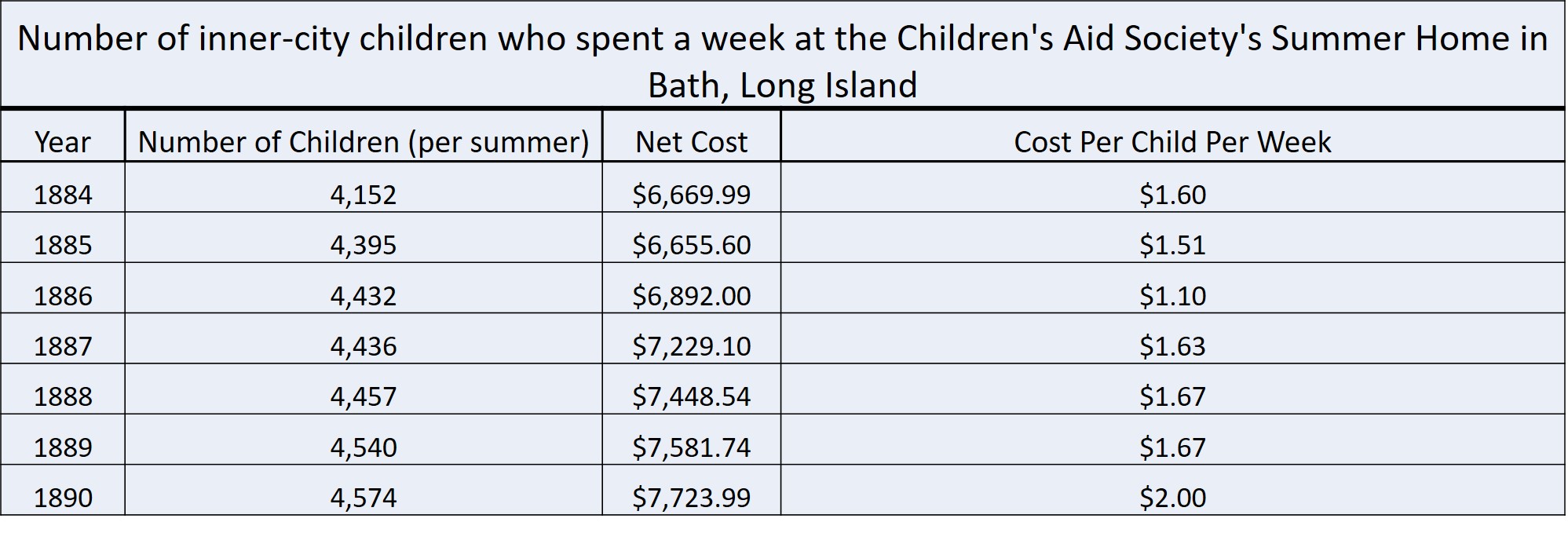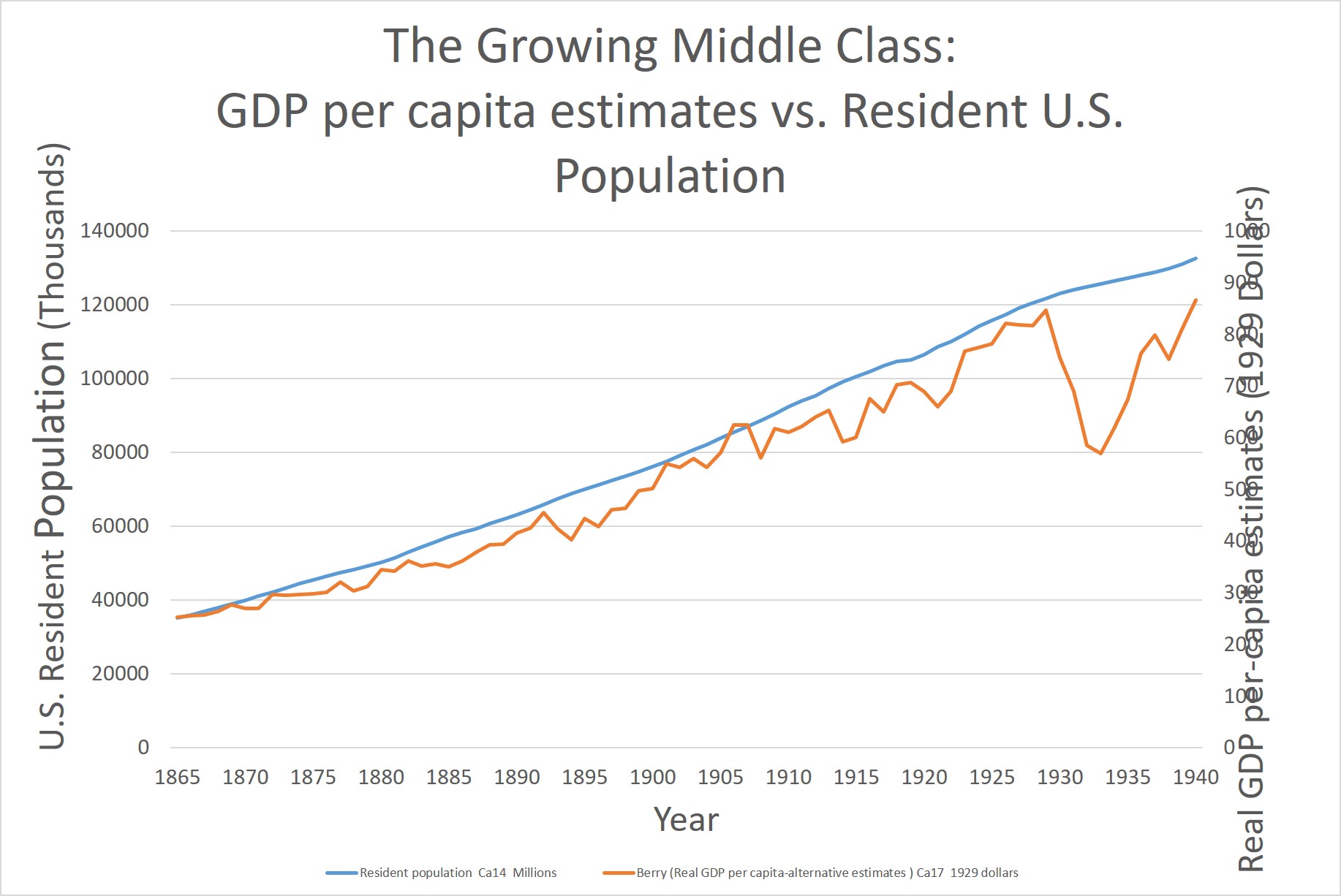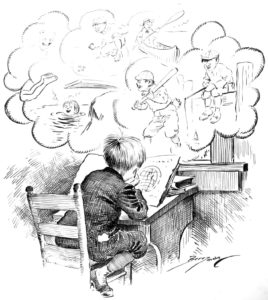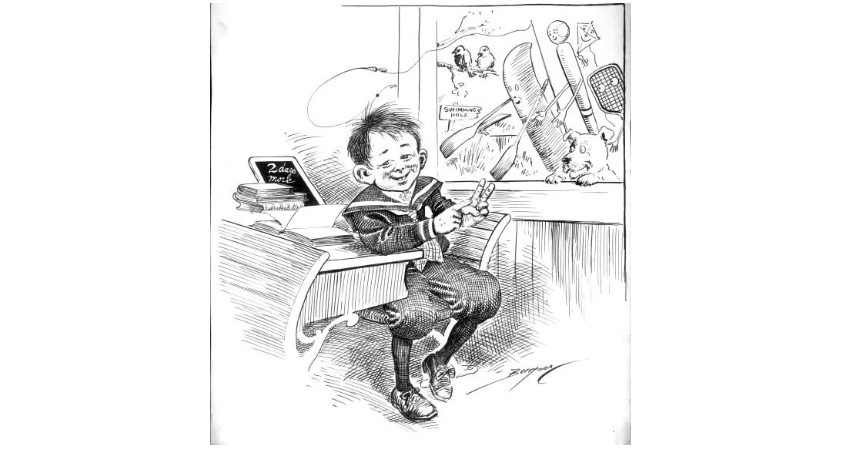What did “vacation” mean to different groups?
Vacation as an opportunity:
Since the organizations foundation by Reverend Willard Parsons in 1877, The Fresh Air Fund, has largely relied upon financial donations from the public.
Many tenement children were Irish Catholic, and were often thought of as morally inferior to native-born Americans; one common slur was “street arab”. Parsons saw the trips as a means of redeeming spiritually and physically feeble children (Guarneri, 2012). The financial Support for the Fresh Air Fund from the American public, which allowed their sustained existence. demonstrates the belief in contemporary American society that children should have the opportunity for moral improvement, rather than be resigned to a life of stagnant mobility.

Rogers, W. A. “Your Opportunity.” Life, 11, June, 1891. Advertisement.
The advertisement to the right from Life Magazine asking for donations to the fund reveals a few of the contemporary notions of vacation’s importance. The artist created an association between the Fund and a church collection tray to elicit donations; money in a church collection tray would have not have been associated with a frivolous expense. The cherub was used to make the magazine’s reader envision a heavenly child in need, rather than an actual image of an impoverish child; which the magazine’s reader would have likely not identified with. The Fresh Air Fund’s mission demonstrates the opportunity for spiritual growth was a fundamental concept of childhood in the late nineteenth century.
Vacation as an example:
The Children’s Aid Society was another charitable organization with the mission to improve the lives of New York’s poorest children. In 1874 the Society built a summer home on the beach in Bath, Long Island (now part of modern Brooklyn). The home hosted tenement children for week long stays throughout the summer months. The home would only host one gender per week, demonstrating the contemporary view of the genders as two distinctively separate spheres of life. The home received numerous renovations and additions throughout its lifetime, payed for by private donations. The chart below demonstrates that even though program’s costs consistently rose, the amount of children brought to the beach continued to increase each year. This shows the society;s members cared more about their organizations mission than efficiency.

Source: The Children’s Aid Society, Annual Reports, 32-38 (1884-1890).
The summer home superintendent’s 1895 annual report reveals some of the contemporary ideas surround charity work and social inequalities:
This passage demonstrates reformers believed immigrant children would benefit from “living above their means,” temporarily. This suggests reformers believed immigrant children would perceive their own upward mobility as possible, and would encourage their desire to assimilate into the growing middle class.

Sutch, Richard , “ Gross domestic product: 1790–2002 [Continuous annual series] .” Table Ca9-19 in Historical Statistics of the United States, Earliest Times to the Present: Millennial Edition
Shifts in the idea of an “ideal” vacation
During the late nineteenth century, the “ideal” vacation was one that offered both the the health benefits of nature and the opportunity for children to continue their education. In her 1887 book on child rearing, Childhood: its care and culture, Mary Allen West described an “Ideal” vacation
West’s ideas show people thought hard work and improvement of one’s skills were key components to a perfect summer vacation. By the early twentieth century, however, hard work had lost its appeal to the vision of an “ideal” summer vacation. The ideal vacation shifted to one in which a child could spend all their time outdoors, engaged in care-free activities.

Clifford Berryman, Artist (1869-1949) Printed in Washington Evening star. Image Above: 28, May, 1909. Image below: 8, June, 1910.
The political cartoons of Clifford Berryman, printed in the Washington Evening Press, exemplify the early twentieth century conception of an ideal vacation. His cartoons additionally exemplify some of the contemporary notions surrounding gender.
The boys in his cartoons are fantasizing about engaging in physical activities that would strengthen their bodies in addition to offering the opportunity to spend time with other boys their age. The ideas expressed in the cartoons reflect the theories child psychologist Stanley Hall. Hall’s belief that adolescence was the “pygmy” stage of development encouraged a focus on development of social skills during this period (Gagen, 2004), rather than the previously encouraged development of work-related skills.
The ideal vs. The real
The reality of summer vacation for many American children in the early twentieth was not a time of leisure; with many children working during the summer, often in factory conditions that offered neither the health benefits of fresh air nor physical activity desired by vacation reformers. The child labor and compulsory schooling reforms of the early twentieth century restricted children’s ability to work during the school year (History.com, 2009). Thus, many children often chose to work during the summer. The gap between the idealized version of summer vacation and the actual experiences of many children demonstrates their ability as independent social actors to decide how to spend their vacations.
Save
Save




